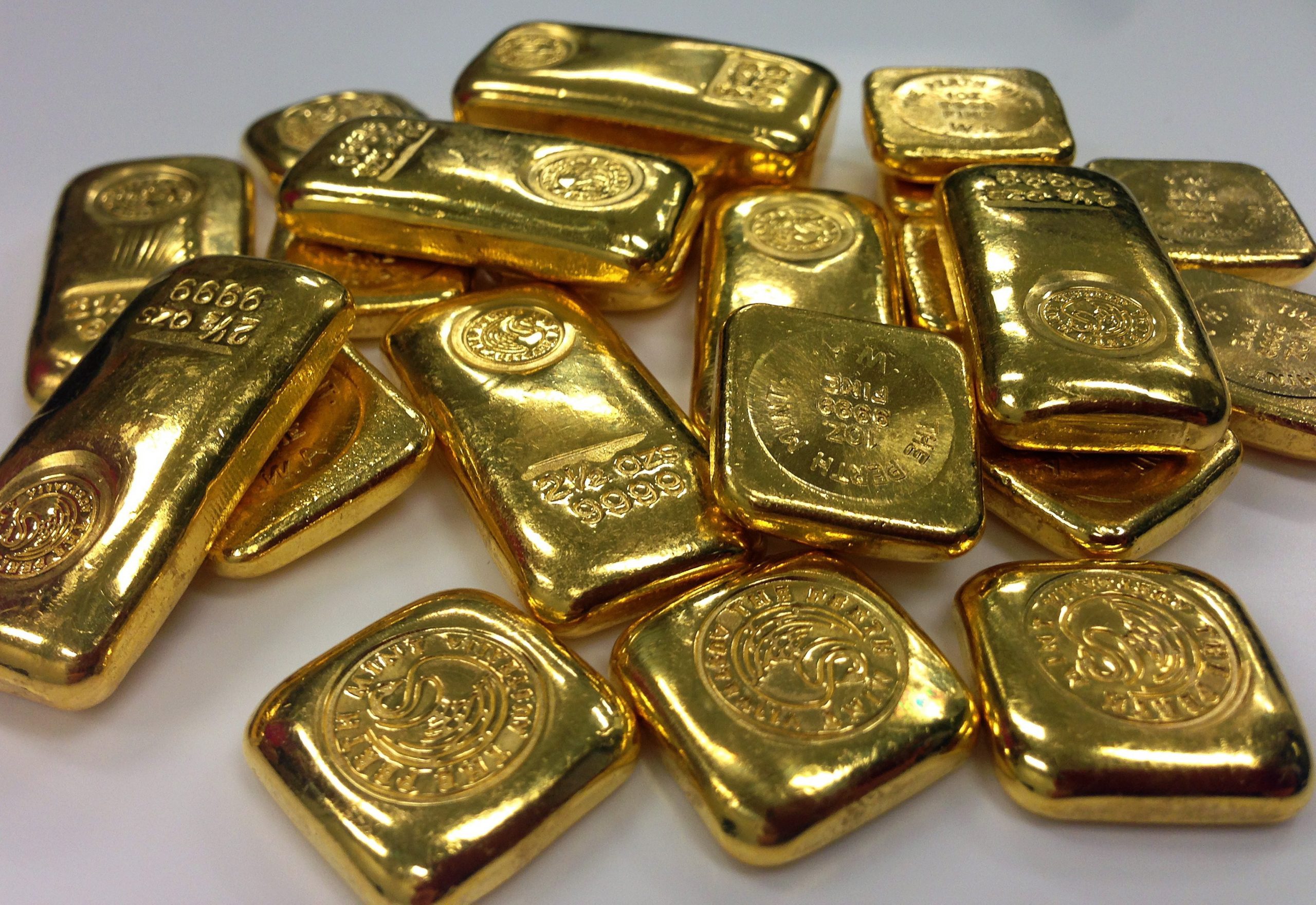 hroughout history, turning normal or ordinary things into something else was defined by magical powers or even miracles done by divine entities mainly because people didn’t understand science, and those who did took advantage of it to trick those that were less knowledgeable.
hroughout history, turning normal or ordinary things into something else was defined by magical powers or even miracles done by divine entities mainly because people didn’t understand science, and those who did took advantage of it to trick those that were less knowledgeable.
Closer to our present, this magic power of turning ordinary things into something extraordinary was defined by the term alchemy, something also done by wizards or those who harnessed “magical powers.” There are many tales and children’s stories that define turning metal, such as steel or bronze, into pure gold out of thin air.
How does it work?
As the technology evolved and our knowledge of science was enhanced, we grasped that the fairy tales could actually be possible, and this was proven by a bacteria found in 1976 named Cupriavidus Metallidurans, which lives in soil that is rich in toxic elements (poisonous for organic matter).
A research team from Martin Luther University Halle Wittenberg, has uncovered the molecular processes that extract gold from metal which is produced by this bacteria. Although the chemical process behind it is quite complex, I will try to explain it simply.
The bacteria are attracted by most types of metals, but from the research done, this process of creating small gold nuggets from metals such as copper. If the bacteria detect too much copper around, it releases a special enzyme called CupA, which is actually a pump on the wall of the bacteria that can pump out toxic heavy metals.
This bacteria actually plays a key role in the creation of what scientists refer to as secondary gold. This breakdown emerges from creating geologically formed gold ores (primary gold). Metallidurans refine our gold rather than traditional methods of using toxic chemicals to extract toxic heavy metals such as cyanide & chlorine.
Rich overnight?
Although this process makes it very difficult for someone to become rich, as altering a significant amount of gold will take the creation for a very toxic environment, scientists say that it is possible for the bacteria to turn a whole ship full of gold chloride into pure gold in a matter of weeks. The big challenge around this is creating an ecosystem toxic enough for the bacteria to live and develop in order to gain the ability to turn a vast amount of copper into gold.
Creating such an environment can be not only quite expensive but also very dangerous to someone’s health, as scientist Dietrich H Nies stated:
“Copper and gold combined are actually more toxic than when they appear on their own.” (Dietrich H Nies)
Whilst the basics are well defined, the bacteria is still not 100% understood by experts as it seems to be unreliable in the process of turning copper or other metals into gold. Although copper is preferable, this depends very much on the level of toxicity in which the bacteria can reproduce.
I took the liberty of calculating the gold from 1 bacterium with a gold nugget of 1 um3. It would be worth 0.00000000006 cents? I could be off by a thousandth. But, if you grow a vat of a billion C. metalliduran like labs do with liquid culture, you could achieve a density of a billion/ml!
It is very plausible that people in ancient history or even the medieval era (those called wizards or who performed alchemy) understood how this bacteria worked and used it to turn metals into gold or maybe even for other purposes.
We as a society state that this bacteria was discovered in 1976, but maybe its existence was only lost in time. Historians are trying to go through historical texts to identify if there is any mention of this bacteria in an effort to understand this process better or other abilities it may have.
Avid Writer with invaluable knowledge of Humanity!
Upcoming historian with over 30 million views online.
“You make your own life.”





